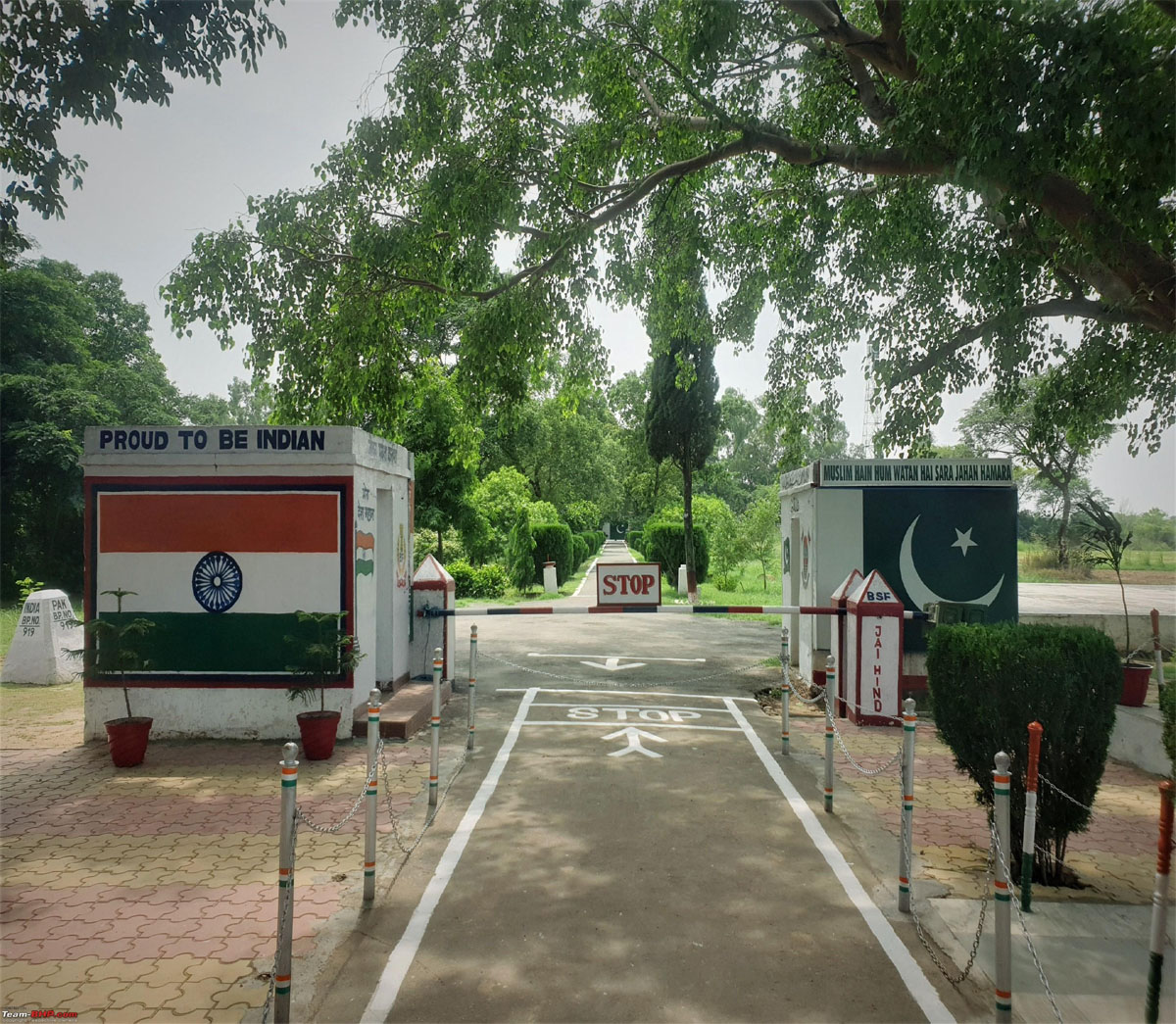Suchetgarh Border
IntroductionSuchetgarh border post, has been developed as a tourism spot by the state tourism department. The Suchetgarh Border post is 28 kms from main Jammu. The road to Nai Basti-Gulabgarh from Jammu follows the train route as it existed prior to 1947 and a number of old buildings can be seen on the way. Suchetgarh Post served as the route to Sialkot during the pre-partition era, which is just 11 kms from the post and earlier there was an Octroi post at this point. On the other side of the border post lies a spectacular Banyan Tree, which is as old as 100 years. In close vicinity are the "Gharana and Abdullian wet lands where migratory birds of a number of varieties flock during winter season.
History of Suchetgarh Border
The village is home to over 200 families who are victims of the prolonged border conflict between India and Pakistan. Most of the villagers living in Suchetgarh village share their origins with the bordering Punjab province of Pakistan. The villagers came and settled in the village in 1947 and 1965. Since then, they have been living in the village. Prior to the partition in 1947, Suchetgarh was a railway station on the Jammu - Sialkot railway line. During the Reign of Maharaja Hari Singh taxes used to be collected at this place, hence this BOP is named as Octroi.
The Octroi post of the British era is now an observation post of the BSF.
Near this BOP, is an old temple known as Raghunath temple which was constructed in the year 1837.
The border is surrounded by fields and farmers can be seen working in the fields on a normal day. This is not like Wagah border, but is fun to visit.
Enroute Suchetgarh, one passes R.S.Pura or Ranbir Singh Pura. R.S.Pura is named after the Dogra ruler Maharaja Ranbir Singh, successor of Maharaja Gulab Singh. Ranbir Singh was the third son of Gulab Singh, the founder of the Jammu and Kashmir state. Ranbir Singh ascended the throne in 1856 after Gulab Singh's abdication due to his poor health. He allied with the British during the Sepoy Mutiny. Unlike European women and children, Indian mutineers were not allowed to take refuge in his state. He also sent his troops to help the British to besiege Delhi. He was subsequently rewarded for his behaviour during the mutiny. He went on to annex Gilgit which had previously witnessed a rebellion against the state. The princely states of Hunza and Nagar started paying tributes to Jammu and Kashmir during his reign. He also established a modern judicial system. Civil and criminal laws were compiled into the Ranbir Penal Code during his reign. Ranbir Singh was a scholar of Sanskrit and Persian languages and had many books translated.
